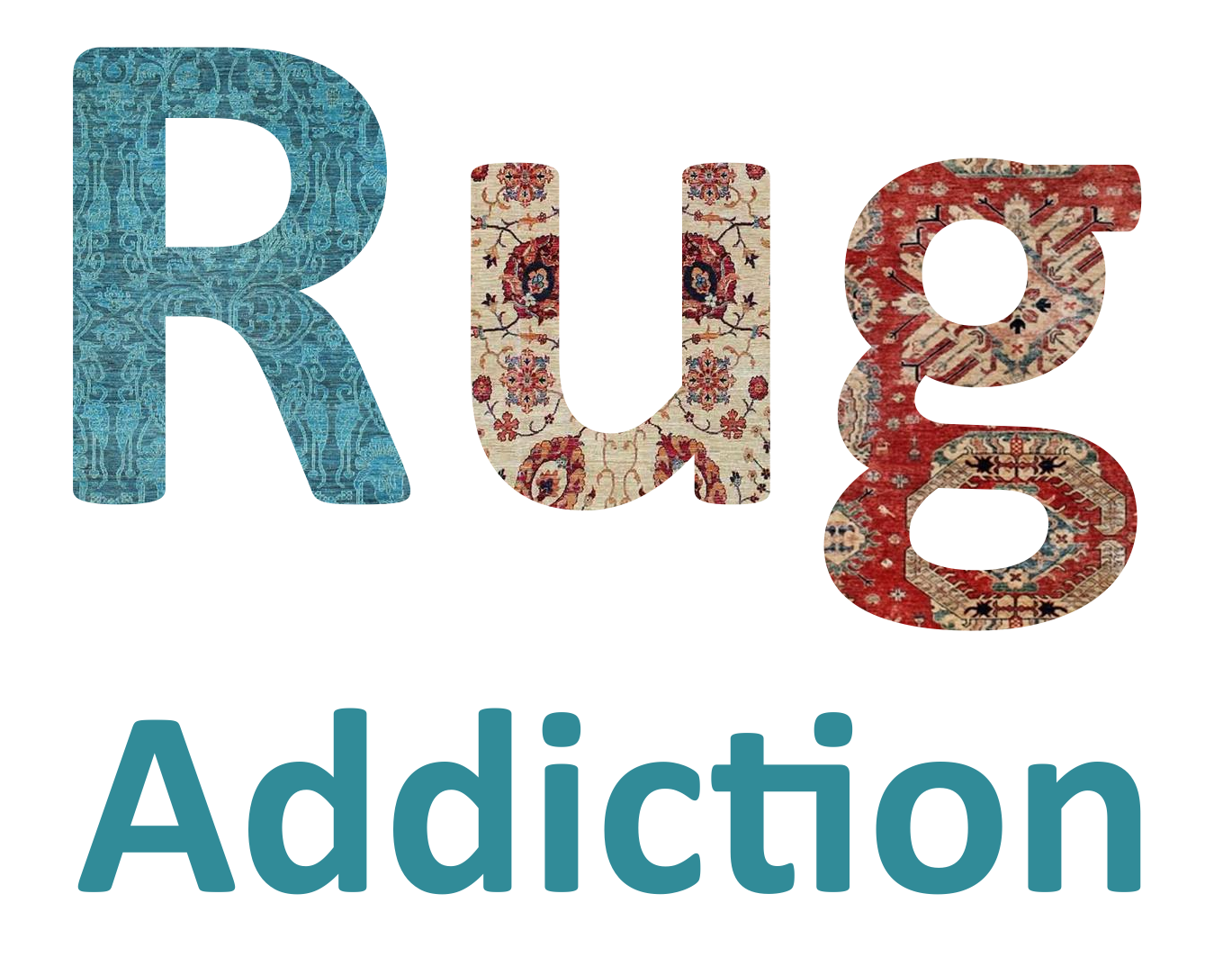Buyer's Guide
How to buy
Sotheby’s ’17th Century Antique Persian Carpet’ sold for over $33 Million in June 2013
Research is probably the single most important thing you can do before buying a rug. You’ll get more of an idea of what you like and what sort of price you can expect to pay. Obviously, the internet is a good place to start but, with a subject this vast and daunting, nothing beats talking to an expert. And with rug values ranging from £5 for an old tatty rug at a car boot sale to $33.7 million for a 17th Century Persian Vase carpet (June 2013 Sotheby’s NY), you’ll be glad to get some advice.
I am not going to go into the detail of what makes a good rug versus a bad rug - there are just too many factors such as wool quality, dyes, fineness of weave, age, condition etc. What is more important is where and who you buy it from as this will ensure you have an excellent example of whatever type of rug you end up buying.
There is a wide range of options when buying a rug and I will attempt to cover the advantages and disadvantages of the various ways you can approach this.
Shops
Probably the best place to go for the uninitiated. Any rug shop worth its salt will have knowledgeable staff who can explain everything from knot counts to dyeing processes, guiding you gently towards finding the perfect rug for your room. A good rug dealer will also be happy for you to try the rug at home first and won’t pressurise you into making a hasty purchase.
Auctions
There are many auction houses around the country that occasionally throw up the odd gem but it can be like trying to find a needle in a haystack. The 3 most important things to do if buying a rug at auction are view, view and view! Don’t be tempted to buy just from photos and a description (I can speak from experience on this one!) as they can hide a multitude of sins, including (but not limited to) moth damage, stains, wear and holes. The majority of auction houses don’t have dedicated rug specialists so descriptions can be woolly (sorry!) or just plain incorrect. Also, there is no returns process if you are disappointed with your purchase.
Abroad
We’ve all been there - wandering around the bazaars, being enticed into a small shop and, before you know it, leaving with an ill-thought out purchase. There are, without doubt, some reputable dealers however most of the horror stories I have heard (and there are many) involve purchases abroad and a little research before your holiday will go a long way.
Online
This can be a useful option as it gives you access to a huge quantity of rugs without having to traipse around lots of shops. However, you don’t get to feel the quality of the rug and colours can vary from screen to screen, so please make sure they have a cast iron returns policy should you wish to purchase a rug in this manner. This is especially important with antique rugs as it’s difficult to ascertain condition from photos. Make sure that there is a description of the condition including photos of any wear or repairs.
Discounts
Always look at the final price that you will pay rather than the discount - I have seen many rugs advertised at 50% off that are more expensive than similar rugs elsewhere with no discount!
Stories
We all love a good story and I wish I had a pound for every rug that had supposedly come from the Shah’s palace! The history of rug weaving is long and fascinating but there are many myths that are simply, well, myths! Again, any good retailer will tell you about a rug’s origins, where, when and how it was made but if it strays into the realms of fantasy, ask yourself why they are trying to sell a story rather than the rug!*
-
August 2025
- Aug 7, 2025 An Antique Tribal Rug with a Famous Connection Aug 7, 2025
-
January 2025
- Jan 23, 2025 Why Antique Rugs Are Better for the Planet Jan 23, 2025
-
October 2024
- Oct 3, 2024 Why does a rug change colour? Oct 3, 2024
-
October 2023
- Oct 26, 2023 Isfahan, the History Behind the Rugs Oct 26, 2023
-
July 2023
- Jul 6, 2023 Antique Chanteh Bags Jul 6, 2023
-
April 2023
- Apr 29, 2023 Funky Qashqai Kilims Apr 29, 2023
-
January 2023
- Jan 8, 2023 Heriz-mania Jan 8, 2023
-
April 2022
- Apr 7, 2022 My Journey with the OCM Map! Apr 7, 2022
-
January 2022
- Jan 5, 2022 The Charm of the Qashqai Jan 5, 2022
-
January 2021
- Jan 26, 2021 Figures in Rugs Jan 26, 2021
-
November 2020
- Nov 26, 2020 Buyer's Guide Nov 26, 2020
-
May 2020
- May 28, 2020 Chinese Art Deco Carpets May 28, 2020
-
June 2019
- Jun 1, 2019 And another one! Jun 1, 2019
-
October 2014
- Oct 1, 2014 New Outlet! Oct 1, 2014



